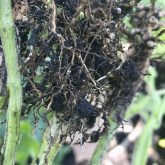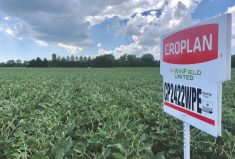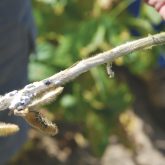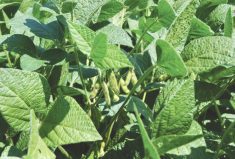In the old days, farmers were kept busy finding enough hours in a day to get the planting and harvesting done, as well as all the other chores that went with running a farm and keeping up with the demands of day-to-day living. It was simply a fact of life in agriculture. If you don’t like working 16 to 18 hours a day during spring and summer, you’d better find a less-taxing, more orderly vocation — probably in town or in a city.
In many farming circles today, there’s still a wish there could be a few extra hours in a day, especially at the start and the close of the growing season.
But today, the story is the incredible amount of work that a farm family can do, and the unbelievable productivity of modern agriculture.
It’s a reality that today’s consumers would never guess at.
An example is the Van Kessel farmily of Warwick Township. In addition to cash cropping 2,400 acres, Van Kessel Bros. finishes approximately 35,000 hogs per year and, as if that’s not enough, it also runs an on-farm grain elevator which has undergone a recent expansion to a capacity of 1.4 million bushels.
Farming is in the Van Kessel genes, actually. Mike’s parents came to Canada in 1951 from the Netherlands, and purchased some local farms in the years following their arrival. Mike has been farming with his brother Tony since 1980, and now, Tony’s sons Kyle and Brent are part of the operation. The brothers also have two full- time employees, and Mike’s wife Jeannine is the bookkeeper for the farm.
Read Also
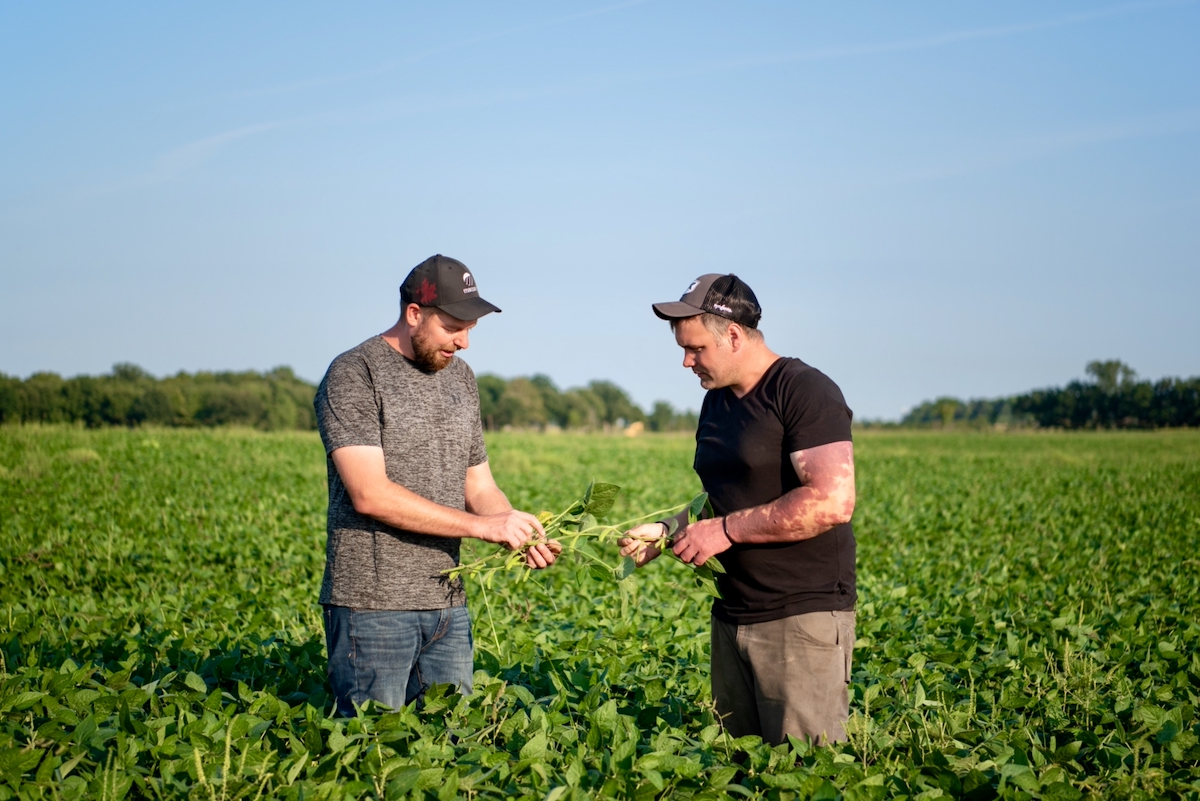
Ontario farmers partner for success
Ontario business partners, Matt Bergman and DJ Wassenaar, have been farming together for 10 years. Their focus on integrating unconventional…
On the crops side, Mike and Tony grow a conventional rotation of corn, soybeans and soft red wheat on a combination of owned and rented land, located largely within a triangle formed by the towns of Forest, Watford and Arkona.
“We try never to grow back-to-back corn or beans,” says Mike. “We prefer no till for beans and wheat, and conservation tillage for corn.”
On the livestock side, there’s a nearby farrowing unit, and Van Kessel purchases all of the early weaners under contract from that operation. The receiving elevator is an added advantage for local farmers to dry and store their crops through Lakeside Grain and Feed and its affiliation with London Agricultural Commodities (LAC).
Caring for the land
One of the hallmarks of today’s agriculture is a heightened sense of stewardship and an eye on sustainability. It isn’t enough to simply expand an operation in the chase for “economies of scale.” Such growth requires careful consideration of what the land is capable of yielding.
Van Kessel understands that relationship, and purchased a variable-rate dry fertilizer spreader in 2013, that he uses in connection with his grid-sampling program.
“Our consultant, Aaron Breimer at Veritas, makes prescriptions based on the soil test results,” says Van Kessel. “We’ve found that many of the unproductive areas didn’t require as much potassium or phosphate, as they had a buildup from years of blanket broadcasting.”
By comparison, Breimer helped the brothers determine that those highly productive lowland areas of their fields required large amounts of P and K. Lime and gypsum, it was found, were also needed as part of the prescriptions, but only in localized areas.
“It’s impossible to do a side-by-side comparison showing the effectiveness of this method of fertilizer application,” says Van Kessel. “But I firmly believe it’s working and that it’s beneficial.”

Part of the recipe for their fertility and nutrient management program is their proximity to their land. Specifically, their barns are close to their land base. The Van Kessels use Boere Irrigation, a local custom drag-hose operator, to apply manure to almost all of their land on a rotating basis, and Mike maintains that the addition of manure over the years has greatly improved the structure of the soil and enhanced its productivity.
“We prefer to drag hose as there’s much less soil compaction,” says Van Kessel. “We had one very wet fall and had to take off our crop in very wet conditions. We saw the effects of compaction from that harvest for many years, and now, we’re extremely picky about when we drive on our land.”
When it comes to challenges, Van Kessel has a unique vantage point. Mike and Tony are kept as busy as they are, managing such a diverse farming operation, yet when asked about the biggest challenge he faces, Mike points to the wind turbine issues that have made the district a focal point for the local battle that’s been developing for the past three or four years. It all comes down to a struggle between landowners with wind turbines on their properties, and those who don’t want them around.
“The Green Energy Act has taken autonomy from the local townships and let non-farmers change the face of our countryside,” says Van Kessel. “There wouldn’t be one commercial turbine in Ontario if it were not for government subsidies, and it certainly doesn’t seem as though wind energy will ever bring down our energy costs.”
Yet whether it’s dealing with the vagaries of the weather, local issues surrounding wind energy or the frustrations from U.S. foot-dragging on country-of-origin labelling, Van Kessel puts it down to a case of “All in a day’s work.”
“The challenges of being a good manager never end,” Van Kessel says. “Fluctuating commodity prices, weather, crop conditions — there’s always something that needs to be looked at. So I try to keep a handle on my cost of production for all the facets of our business, so we can see what areas we need to pay attention to.”
But farming today also means farming with the future in mind, Van Kessel says. Not only do people need to eat, the list of products they need from agriculture is growing exponentially, as is the list of professions and careers relating to agriculture.
From a farming perspective, however, Van Kessel is impressed with the young producers entering the industry. They’re bright, energetic and eager, he says, and they’re bringing a lot to the industry.
This article was originally published as a special supplement ‘Soybean Guide,’ in the October 2014 issue of Country Guide





